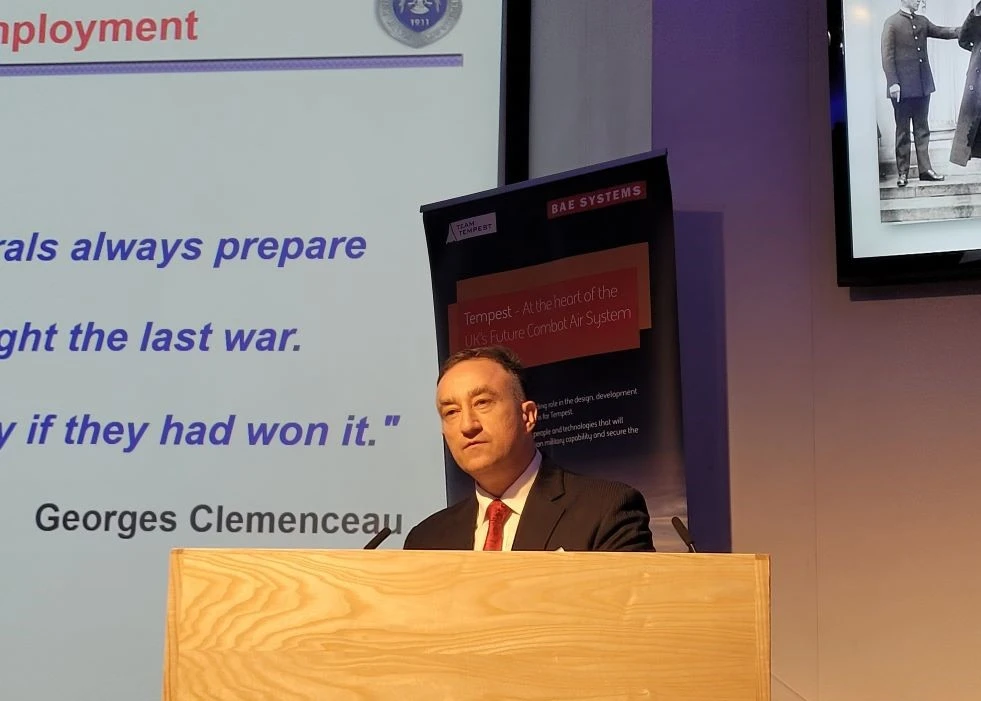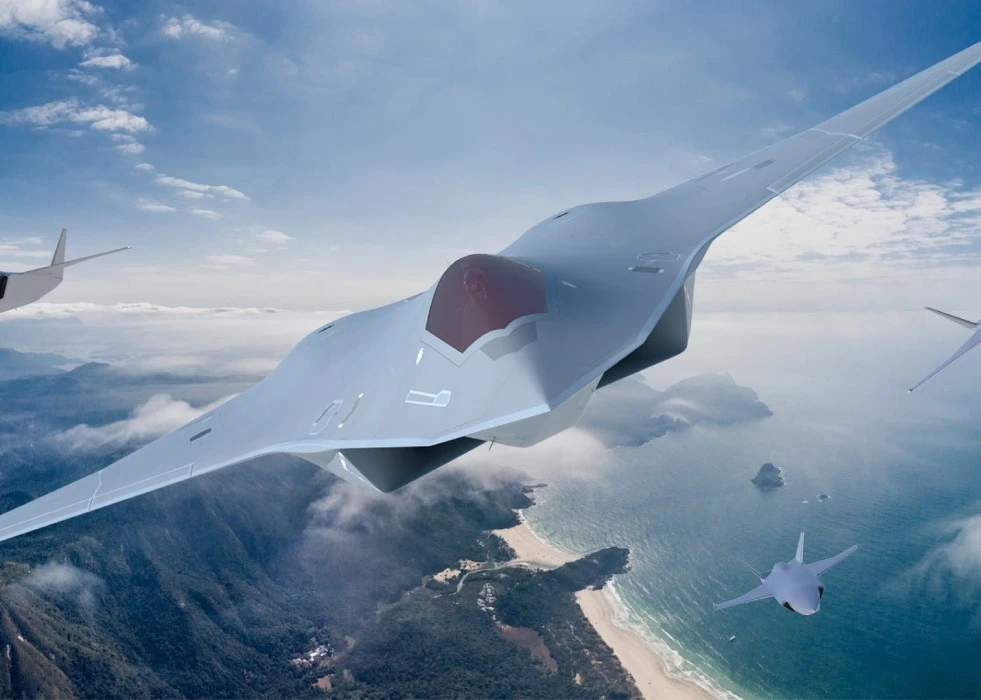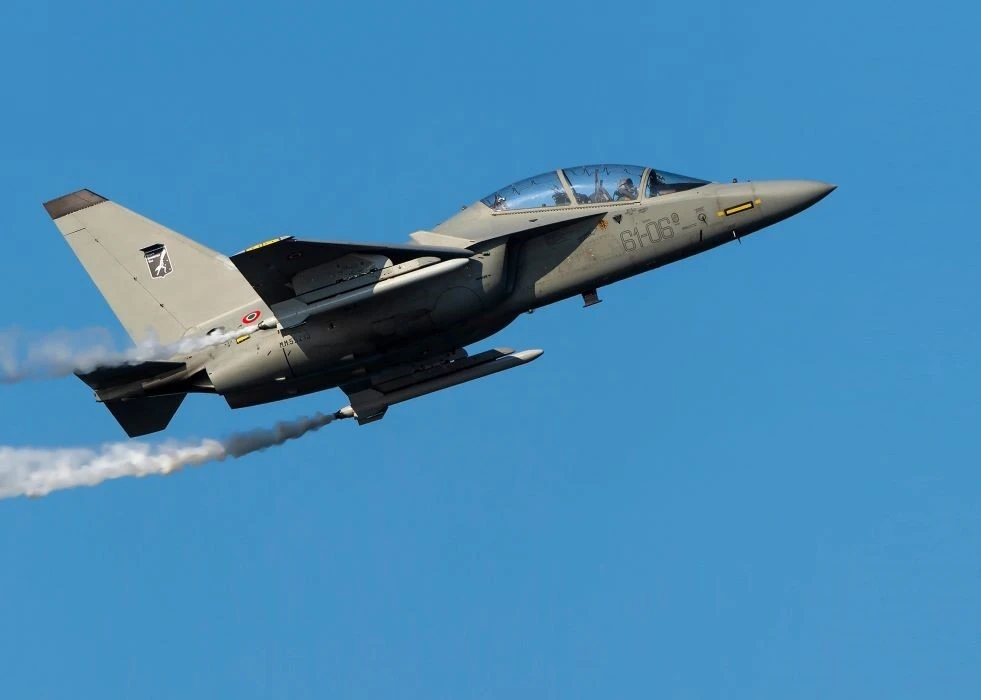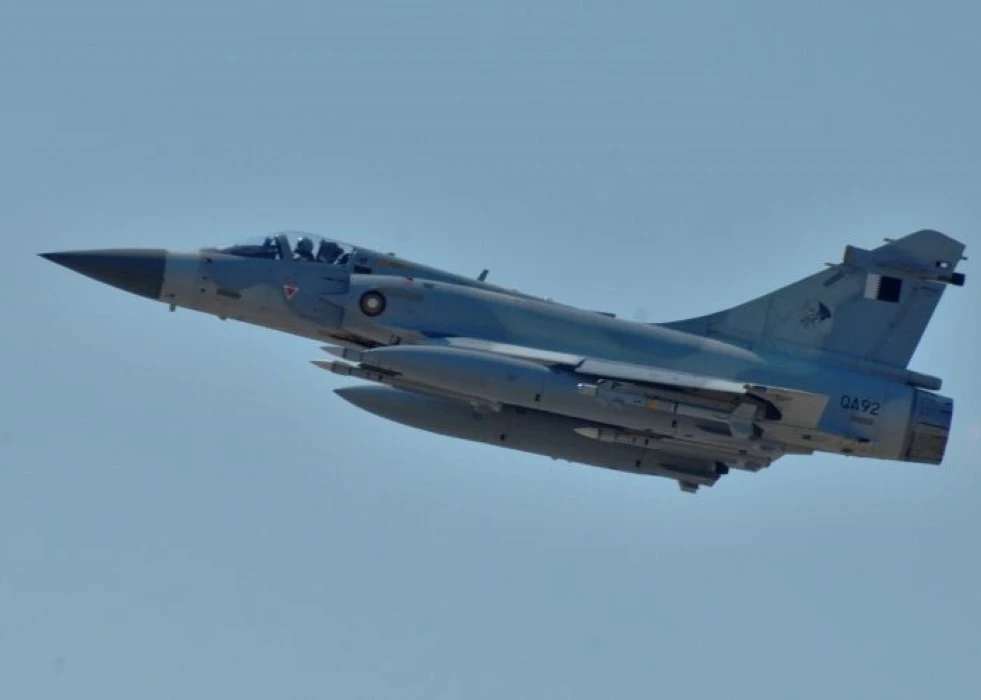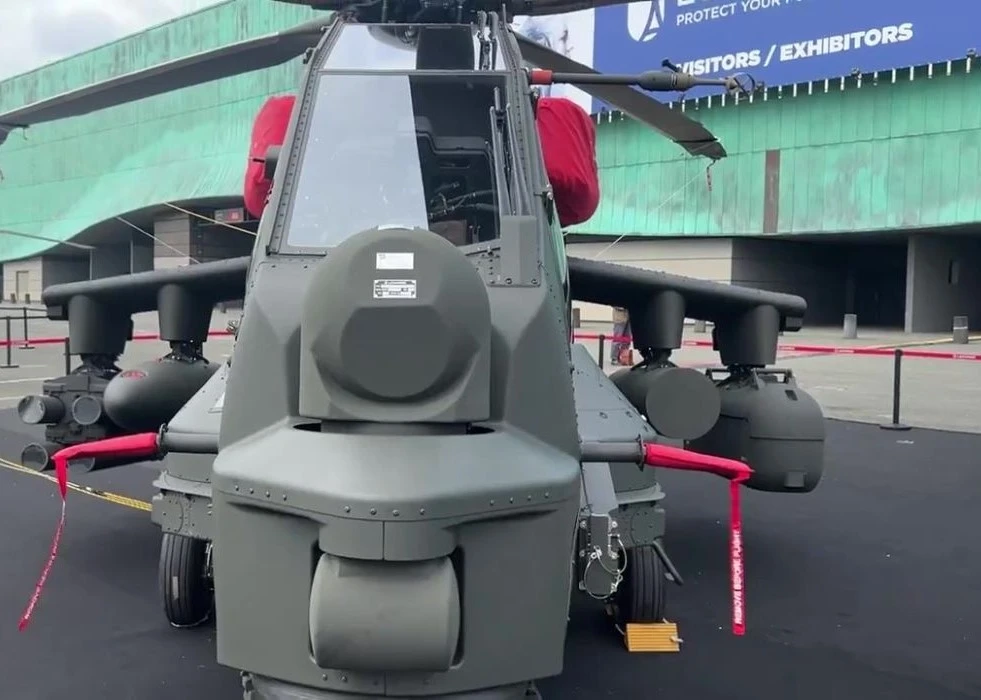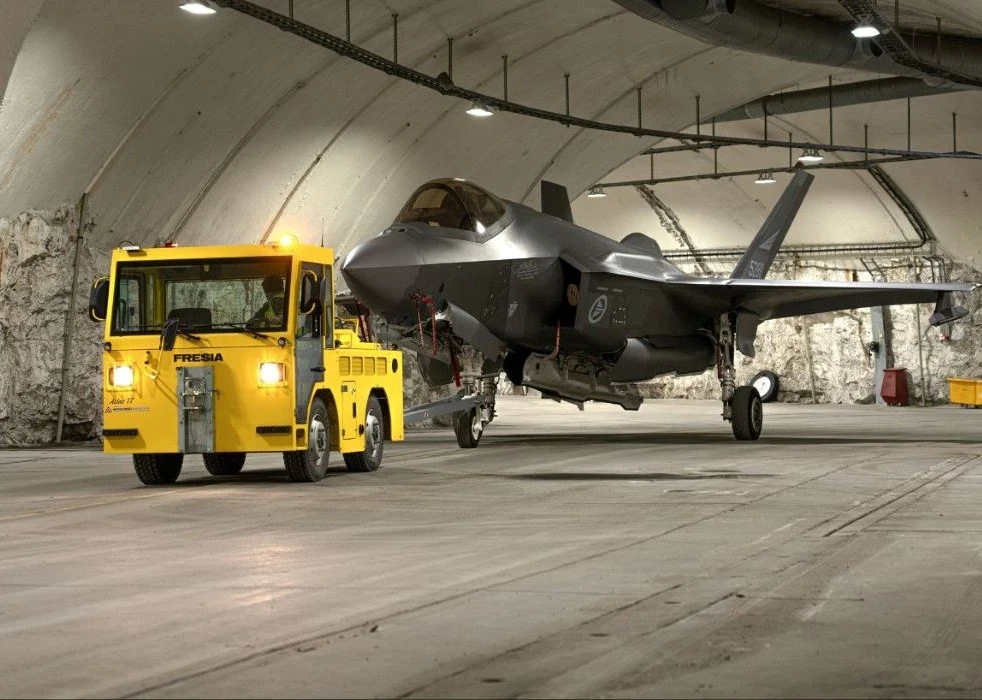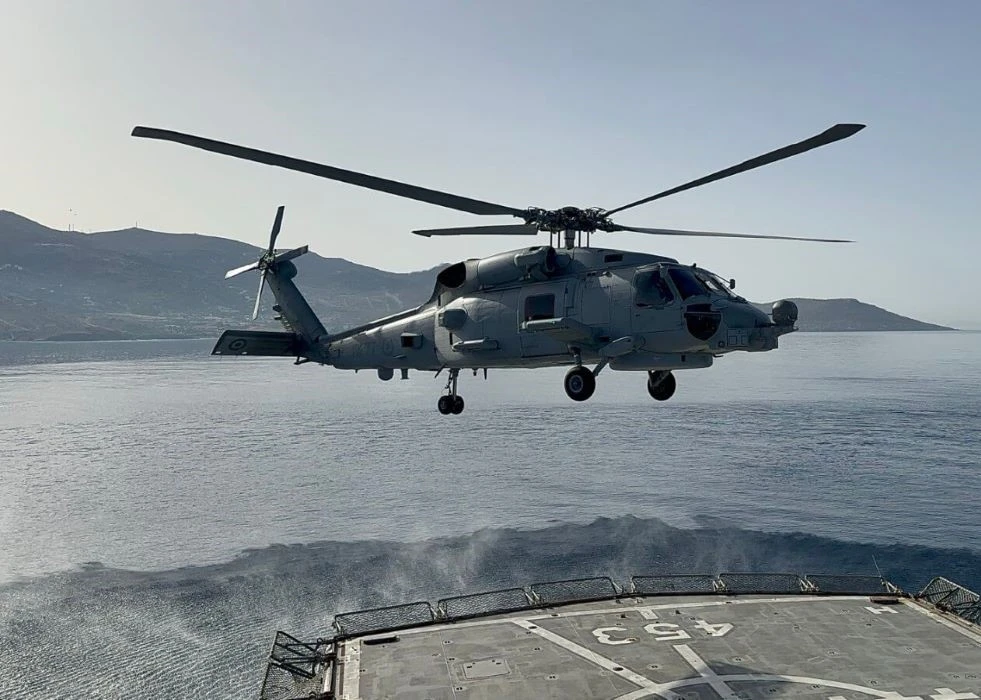Turkiye presented its KAAN 5th generation fighter jet to the FCAS 2024 international summit, where participants worldwide joined to express their views. Speakers from various countries, including the U.K., France, Turkiye, Spain, and Saudi Arabia, joined the event. The presentations at the summit were centred around the rising UAV threat, future air combat technologies, and lessons from recent conflicts. Tim Robinson, Editor-in-Chief of the Royal Aeronautical Society’s AEROSPACE magazine, covered the presentations from the event. The U.K. and France presented the operation concepts for their respective next-generation fighter programmes, GCAP and SCAF. Both programs continue to be interested in the Manned-Unmanned Teaming (MUM-T) type of operation. The U.K.’s view on GCAP includes increased connectivity with a cloud-like approach to control and communication. BAE Systems intends to incorporate autonomous loyal wingmen to support the future fighter jet, connected to the fighter and other forces with the cloud-like system. Major General Hamed Almari of the Royal Saudi Arabian Air Force expressed the Middle Eastern country’s interest in the GCAP programme. Almari added that Saudi Arabia is actively engaged with the GCAP consortium’s members in joint capability development efforts. SCAF programme’s approach to MUM-T involves ‘remote carriers’ of varying sizes to perform E.W., decoy, and munition carrying functions. The remote carriers are being designed for air and surface launch. The future fighter’s demonstrator, the central part of the SCAF programme, will fly in 2029. Turkish Air Force’s Chief of Operations, Major General Kemal Turan, provided alternative views on the safety of air platforms when stationed and the fifth-generation versus fifth-generation situation. Turan questioned the current safety of air platforms against swarm threats and pointed out the need to counter threats with the effectors of matching ends. On a theoretical air battle between two fifth-generation fighters, he likened the means of detection to fighting in the dark with flashlights. Kemal Turan pointed out that whoever “lights his flashlight” (turning on the radar) is more likely to go down first with the present passive detection methods. Finally, the Royal Navy‘s Chief of Naval Staff, Ben Key, underlined that the future air wing of the U.K.’s aircraft carriers might be entirely unmanned: “Our working assumption is that the future air wing of Queen Elizabeth and Prince of Wales will be entirely uncrewed.”.
The Royal Navy previously tested the Mojave UCAV from HMS Queen Elizabeth, an aircraft carrier, and intends to use a variant of the MQ-28 Ghost Bat unmanned combat aircraft in the future. HMS Queen Elizabeth is currently using an F-35B as its combatant wing while the tests continue with HMS Prince of Wales.
The introduction of various types of unmanned UCAVs might pave the way for cheaper and less risky carrier-borne operations, which might have become an important matter for the Royal Navy following the encounters with Houthis during the security efforts in the Red Sea. Another factor might be given as the complexities and costliness of F-35B STOVL fighters’ maintenance.
Turkiye is actively working on a similar concept for TCG ANADOLU LHD (L-400) with Bayraktar TB3 UCAV, which recently took off from the ski jump in Keşan. For what can be described as the next phase, the Turkish Navy’s Design Project Office is holding regular talks with Baykar and TUSAŞ about using UCAVs on the future STOBAR aircraft carrier.


